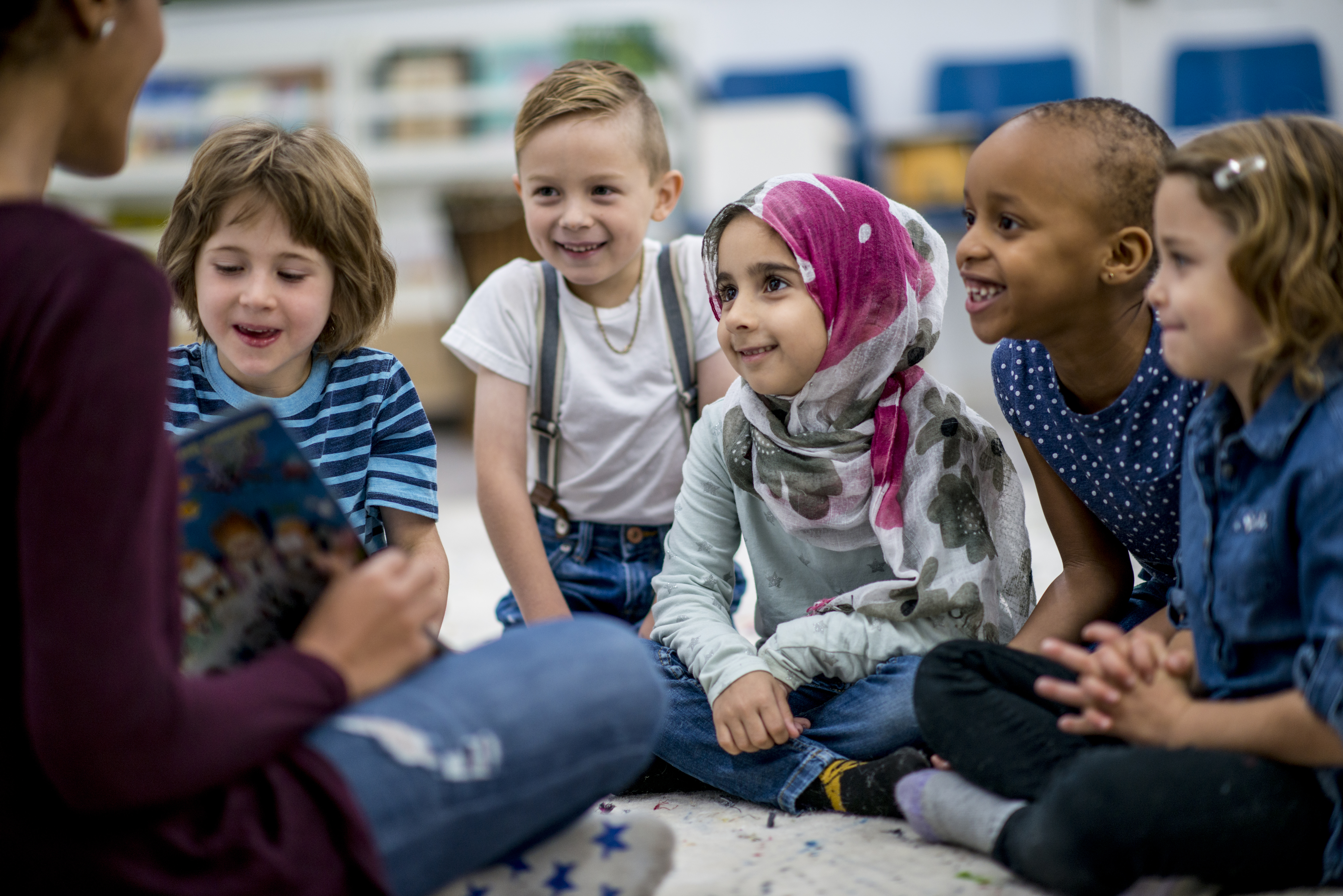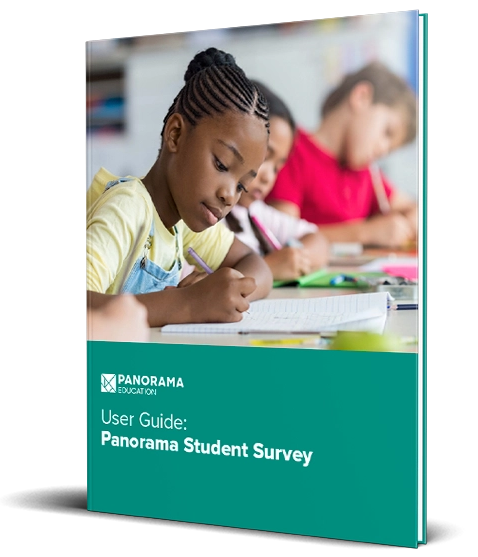Middle school is a time of transition. For many students, it can mean moving to a different school building for the first time in their academic career. For others, having a schedule and shifting between classrooms (each with a different teacher) throughout the day is a significant change. Not to mention, students are also moving from childhood into adolescence.
This is why middle school students need support from their educators—not just in academic learning, but in life skills and social skills as well. Building students' self-esteem and sense of self-efficacy (along with conflict resolution, responsible decision-making, and positive relationship skills) is especially important for middle schoolers. Competency in these areas will help them succeed now and in the future; life skills support academic performance and are strongly linked to improved well-being and mental health outcomes.
- For teachers, consider how you can use these life skills activities during the school day, whether within academic lessons or during morning meetings, advisory periods, homeroom, or transition times.
- For school and district leaders, share these resources with your middle school teams and classroom teachers as inspiration for incorporating life skills throughout the school day.
Table of Contents
How to Handle Bullying (Social Awareness, Responsible Decision-Making)
Compassionate Letter Writing (Self-Awareness, Self-Management)
Planning to Persevere (Self-Awareness, Self-Management, Social Awareness)
Trusting My Inner Compass (Self Awareness, Self-Management, Responsible Decision-Making)
|
Key Takeaways: Life Skills Support in Middle School: Middle school marks a critical period of transition for students, necessitating support not only in academics but also in social and emotional development. Building self-esteem, self-efficacy, and other life skills is essential during this time to ensure students' holistic growth and well-being. Interactive Activities: Implementing interactive activities can effectively address key life skills competencies—self-awareness, self-management, social awareness, relationship skills, and responsible decision-making. These activities foster empathy, resilience, compassion, and teamwork among middle schoolers, contributing to their overall development. Incorporating Life Skills Across the Curriculum: Teachers and school leaders can integrate life skills activities seamlessly into the school day, whether during academic lessons, morning meetings, or advisory periods. By incorporating life skills into various aspects of the curriculum, educators can provide consistent support for students' social growth. Empowering Educators with Life Skills Resources: Utilizing toolkits, resources, and professional development opportunities focused on life skills can empower educators to implement effective strategies for supporting students' self-efficacy and well-being. These resources offer practical guidance, activities, and strategies for educators to incorporate life skills into their teaching practice. Fostering Positive School Culture: By prioritizing life skills in middle schools, educators contribute to the creation of a positive school culture where students feel valued, supported, and equipped with the necessary skills to navigate challenges effectively. These initiatives not only enhance academic performance but also promote overall student success and resilience. |
Download Panorama's Life Skills Student Survey
1. How To Handle Bullying
.png?width=200&name=Everyday%20Speech%20Logo%20(1).png)
Courtesy of Everyday Speech
Overview: This interactive activity will guide students through a set of scenarios to help them understand how to approach bullying as an ally and up-stander. Students can work through a variety of scenarios and build responsible decision-making skills when it comes to navigating a bully.
Instructions for Implementation:
“It's important to know how to handle bullying, even when we aren't the ones getting bullied. We try to be an ally and an up-stander when we notice others getting bullied.”
Click here to launch the "How to Handle Bullying" interactive lesson!
|
|
2. Compassionate Letter Writing

Courtesy of Camp Kindness Counts
Overview: Practicing compassion provides the opportunity to show kindness toward ourselves and others. This activity strives to show participants how different it feels when we use kind words and actions toward ourselves instead of using negative self-talk. Research suggests that practicing compassion towards ourselves can help cultivate compassion towards others. Through reflective letter writing, participants will build empathy skills and self-compassion to enhance self-management.
Instructions for Implementation:
Introduction: “Let’s learn about compassion. What do you think compassion means? To some, compassion is showing kindness, patience, and understanding. How can you show compassion to yourself? One way could be to do something that helps you to feel special such as reminding yourself of things you are good at doing, or calming yourself down by taking a few slow, deep breaths! Can you think of other ideas? Today, we are going to practice compassion by writing a letter!”
Activity: Think about a friend or someone you care about. Imagine them having a hard time and think about what you could say or do to help them feel better. Write a letter to them to help them feel better.
- Do you feel it is kind to help someone you care for when they may need help?
- Do you think it is important to also help yourself when you need the help?
- What types of things help you feel better if you are having a hard time?
- Does it help to talk to someone, get a hug, play outside, read a book, or take some deep breaths?
Now let’s practice showing compassion towards ourselves. Read the letter again but now with your own name instead of the person you wrote the letter to!
Reflect: How does the way you talk to a friend who is having a hard time compare to the way you talk to yourself? Do you usually take care of yourself the same way you take care of a friend? Are you a good friend to yourself? What are some ways you can be a better friend to yourself? Why is this important?
|
|
3. Planning to Persevere

Courtesy of Second Step
Overview: Goal-setting and creating simple plans are positive ways to handle disappointment and can help students develop a growth mindset. Students develop a goal and simple plan for a historical or contemporary figure who persevered in the face of disappointment.
Instructions for Implementation:
- Tell students about prominent historical or contemporary figures who persevered in the wake of disappointment – such as Thomas Edison or Helen Keller.
- Discuss how persevering and achieving their goals affected both the people individually and society as a whole. Consider what would have happened if they had simply given up!
- As a class, in small groups, or individually, choose a well-known person to study in more depth. Find out what setbacks or disappointments the person had to overcome and how they did so.
- Have students select one setback or disappointment and create a goal and simple plan the person could have used to help him or her persevere. Goals can follow the SMART goals model (specific, measurable, achievable, relevant, time bound) or be simple statements. Encourage students to make plans that are simple and follow an order that makes sense.
- If students complete this activity individually or in small groups, invite students to share their goals and plans with the rest of the class.
|
|
4. Trusting My Inner Compass
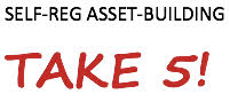
Courtesy of Take 5! Institute
Overview: Integrating the wisdom of mind and body, students practice using their “inner compass” – a felt sense of what is right and true - learning how to access information that can help them to stay safe, set healthy boundaries, and make wise choices.
This capacity-building activity strengthens mindfulness, and the ability to tap into inner wisdom. It helps students to access the power of inner knowing, paying attention to the wisdom of the body, as well as the mind. And it helps them learn to trust their inner experiences.
Instructions for Implementation:
Use the following to guide your conversation:
- We know that our bodies are full of energy – on a physical level, that’s what “runs” us. But our bodies are also full of information. And that information can help us to stay safe, set healthy boundaries, and make better choices. Some people call this their “inner compass.”
- Think of a time when you “just knew” something. You might have had a gut feeling … an actual “body feeling” that you paid attention to. Or you felt guided by your own “inner voice.” You didn’t really need to think about it; out of the blue, you realized that you knew just what to do.
- How would you describe that “inner feeling?” Or that sense of “inner knowing?” How did you know to trust it?
- Notice where you carry this feeling in your body, and how it feels inside you.
- Describe a time that you noticed sensations in your body, or thoughts in your head, that helped you pay attention to what was happening around you, and when you knew just what to do.
Not all students may be able to describe a time when they experienced an inner felt-sense. But having a conversation, sharing experiences (yours, too) and thinking about nurturing this inner capacity will help students to pay attention next time they notice sensations in their body, or a sense of ‘just knowing.’
|
|
Further Resources:
Get-to-Know-You Questions: Discover asset-based, inclusive questions that invite student conversation and connection.
Quick Check-in Questions: Use these questions to connect with students about their well-being and academic needs.
The Two-Word Check-In: Enhance emotional awareness and builds community with this simple classroom exercise.
"Rose, Bud, Thorn" Activity and Worksheet: Support goal-setting and self-reflection with this exercise that prompts students to identify positive moments and pinpoint areas where they need support.
|
Frequently Asked Questions: 1. How can parents support life skills at home for middle schoolers? Parents can support life skills at home by engaging in open communication with their children, modeling positive behaviors, and providing opportunities for emotional expression and problem-solving. They can also reinforce life skills learned at school through activities such as discussing feelings, practicing empathy, and encouraging responsible decision-making. 2. Are there any resources available for educators to assess students' social needs in middle school? Yes, there are various assessment tools and resources designed specifically for educators to evaluate students' social needs in middle school. These tools often include surveys, questionnaires, and observation protocols that help educators identify areas of strength and areas for growth in specific competencies. 3. What role can community partnerships play in supporting life skills efforts in middle schools? Community partnerships can play a significant role in supporting life skills efforts in middle schools by providing additional resources, expertise, and support to complement school-based initiatives. Collaborating with local organizations, mental health professionals, and community leaders can expand access to life skills programming and services, enhance student engagement, and promote holistic well-being within the community. |
Download Panorama's Life Skills Student survey


.jpeg)
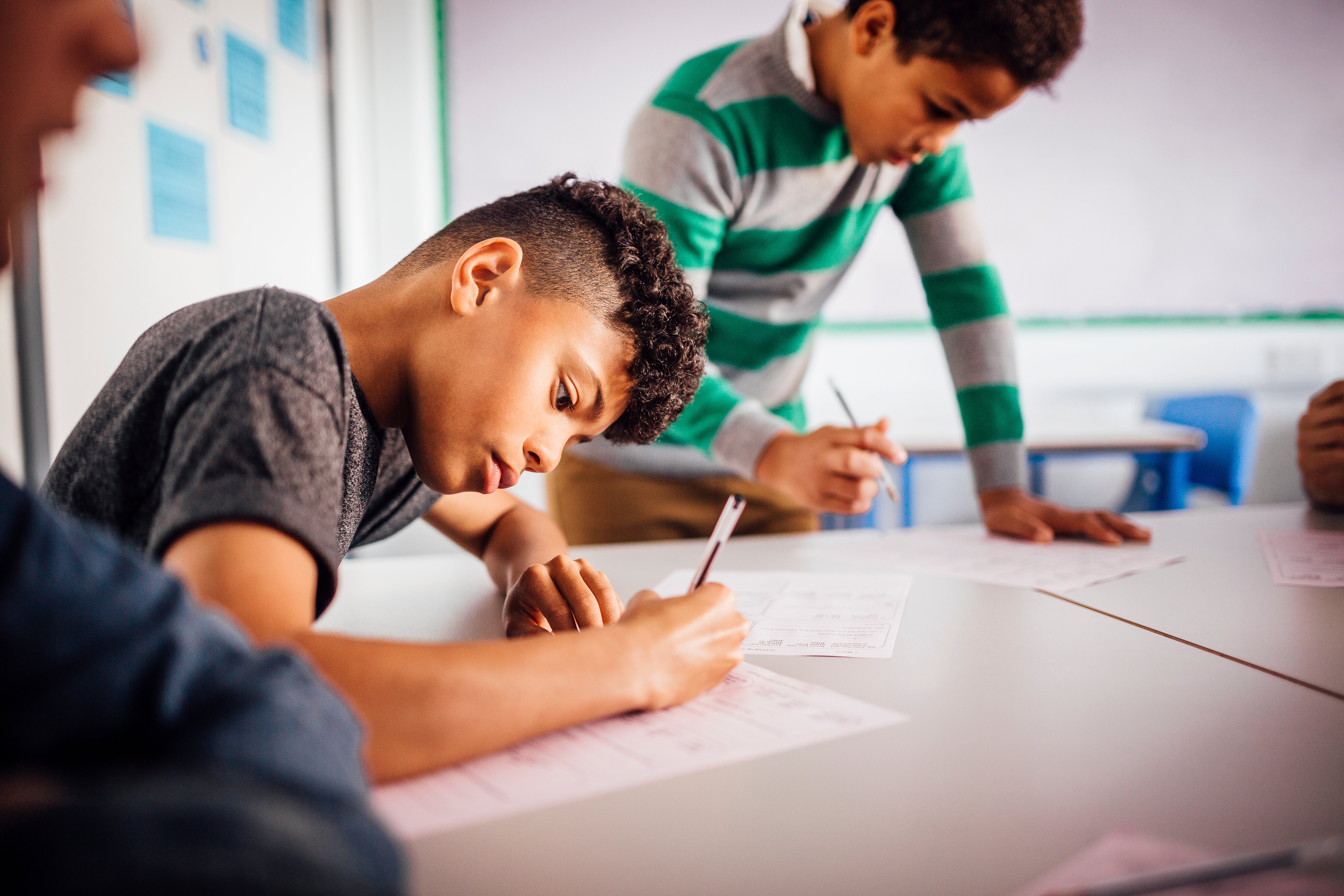
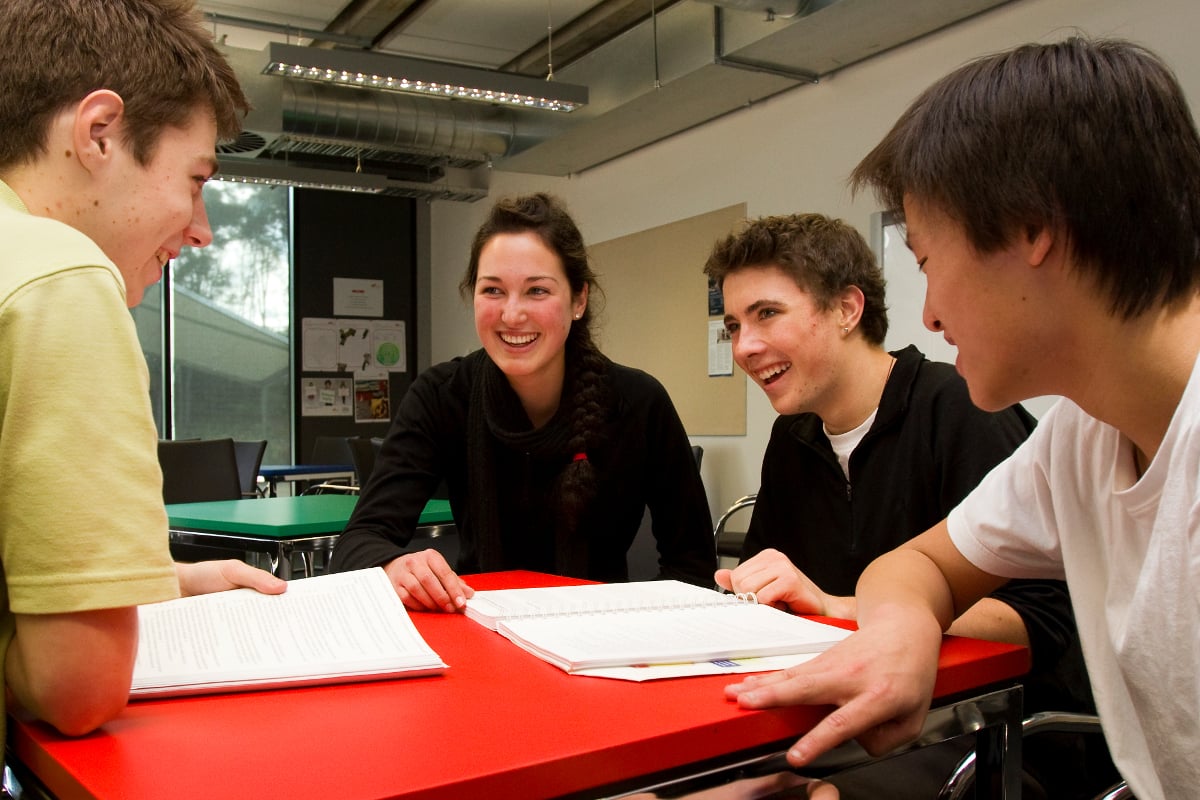
.png)
